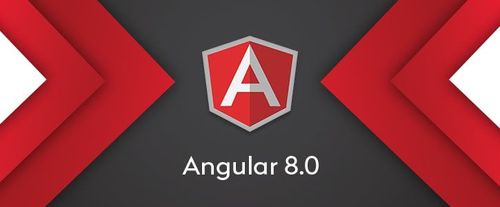Email validation is a critical aspect of web development, ensuring that user-provided email addresses are accurate and properly formatted. In the realm of Angular, one of the most popular JavaScript frameworks, email validation can be effortlessly implemented to enhance the user experience and data quality. In this comprehensive guide, we will explore the intricacies of email validation in Angular, offering expert insights, practical tips, and detailed tutorials.
Understanding Angular Forms and Email Validation
Before we dive into the world of email validation in Angular, it's crucial to understand the role of forms in Angular applications:
Angular Forms Overview: Get acquainted with the basics of Angular forms, including template-driven and reactive forms, and understand their significance in collecting user data.
Form Controls: Learn about form controls, the building blocks of Angular forms, and explore how they are used to capture user input.
Email Validation: Discover Angular's built-in email validation features and how they can be applied to ensure that users provide valid email addresses.
Implementing Email Validation in Angular Forms
In this section, we'll delve into the practical aspects of implementing email validation in Angular forms:
Template-Driven Forms: Explore how to use template-driven forms to create simple email validation logic in your Angular templates.
Reactive Forms: Dive into the world of reactive forms and understand how to define custom email validation rules using Angular's FormBuilder.
Validation Messages: Customize validation error messages to provide clear feedback to users when email validation fails.
Cross-Field Validation: Learn advanced techniques for cross-field validation, such as verifying email confirmation fields.
Real-World Examples and Best Practices
Take your email validation skills to the next level with real-world examples and best practices:
User Registration Forms: Discover how email validation is crucial in user registration forms, ensuring that users enter accurate contact information.
Contact Forms: Explore the implementation of email validation in contact forms, where user inquiries are collected.
Server-Side Integration: Learn how to seamlessly integrate server-side validation with Angular to ensure data integrity and security.
Troubleshooting and FAQs
As you dive deeper into email validation in Angular, you may encounter common challenges. Here are answers to some frequently asked questions:
1. How do I create a custom email validator in Angular?
- We'll provide step-by-step instructions on creating custom email validators to suit your application's specific needs.
2. What's the best approach for handling asynchronous email validation in Angular?
- Explore asynchronous validation techniques, such as integrating with server-side APIs to verify email addresses.
3. How can I provide a seamless user experience while validating email addresses in real-time?
- Learn about Angular's features for providing immediate feedback to users as they enter email addresses.
4. What are the security considerations when validating email addresses in Angular applications?
- Understand the importance of server-side validation and best practices for securing email validation logic.
5. Where can I find additional resources and advanced tutorials on email validation in Angular?
- We'll point you to valuable resources, including documentation and community forums, to further enhance your skills.
In conclusion, email validation in Angular is a fundamental skill for web developers, ensuring the accuracy and reliability of user-provided email addresses. This comprehensive guide equips you with the knowledge and expertise to implement robust email validation in your Angular applications. Elevate your Angular development skills, provide a seamless user experience, and ensure data accuracy with advanced email validation techniques.



